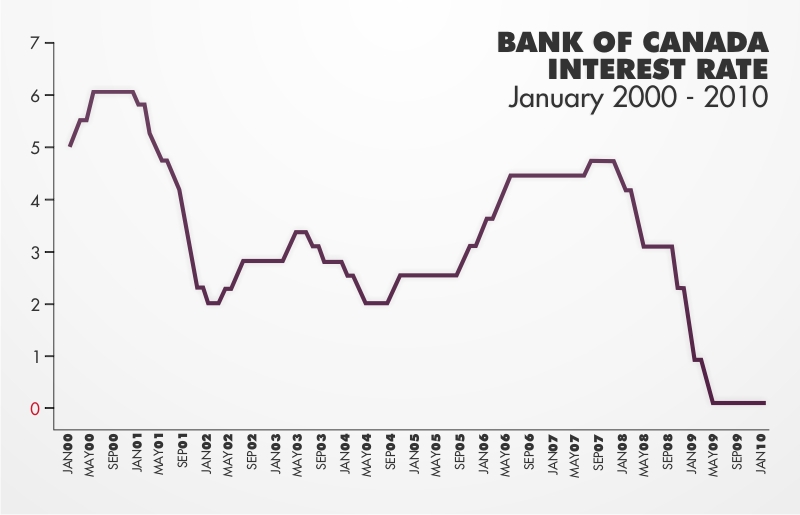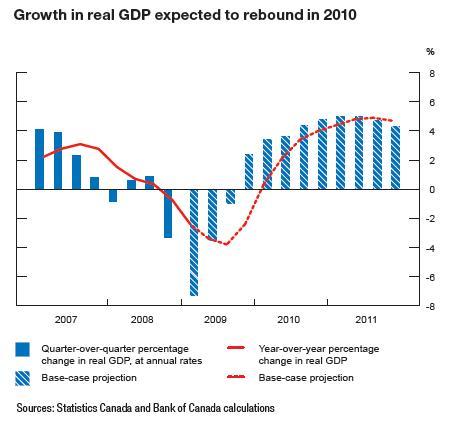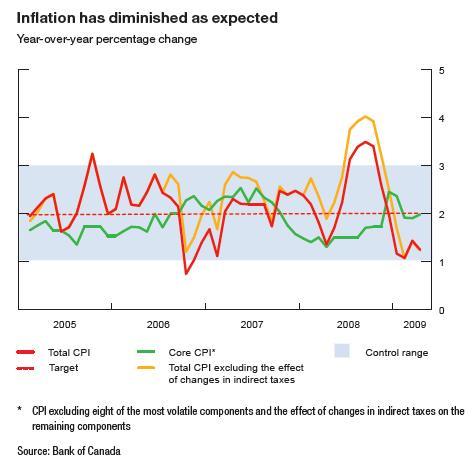traderkenny
Active member
- Messages
- 106
- Likes
- 4
The Learn About Futures Insider:
Canadian Dollar
Canadian Dollar
In 1858, the Province of Canada debuted a Canadian dollar and pegged it at par with the U.S. dollar. Following the Uniform Currency Act in April of 1871, various provincial currencies were replaced by the common Canadian dollar. Since then, the Canadian dollar has be changed to a floating currency, and - according to the Bank for International Settlements - become the seventh most-traded currency in the world. The following contract specifications will refer to the Canadian Dollar/US Dollar contract from the foreign exchange futures listings on CME Group.
Contract Size: 100,000 Canadian dollars
Price Quote & Tick Size: $.0001 per Canadian dollar increments ($10.00/contract). $.00005 per Canadian dollar increments ($5.00/contract) for CAD/USD futures intra-currency spreads executed on the trading floor and electronically, and for AON transactions.
Contract Months: March, June, September, December
Trading Specs: Open outcry is 7:20 a.m.-2:00 p.m. and Globex hours are Sundays: 5:00 p.m. - 4:00 p.m. Central Time (CT) next day. Monday - Friday: 5:00 p.m. - 4:00 p.m. CT the next day, except on Friday - closes at 4:00 p.m. and reopens Sunday at 5:00 p.m. CT.
Daily Price Limit: Consult exchange.
Trading Symbols: CD, 6C on Globex

Past performance is not indicative of future results.
***chart courtesy of Gecko Software
Canadian Dollar Facts
The Canadian dollar replaced earlier currencies like the Canadian Pound, Nova Scotian dollar, the British Columbia dollar, and others. Notable milestones for the currency include:-The gold standard was abolished in April 1933, following temporary abandonment during the First World War.
-During the Second World War, the exchange rate between the U.S. and Canadian dollars was fixed at 1:1, 1 Canadian $ = 1 U.S. dollar.
-This exchange was brought back to parity in 1946.
-The Canadian dollar was allowed to float in 1950, but was again pegged to the U.S. dollar until being allowed to float in 1970.
According to the Bank of Canada, the all-time high and low for the U.S. dollar/Canadian dollar exchange are:
October 1950 - present
Low
Date: 01/21/02
$1 CAN = 0.6179 US
High
Date: 11/07/07
$1 CAN = 1.1030 US
Monetary policies for the currency are determined by the Bank of Canada; however, the inflation-control target is set jointly by the Bank and the federal government. Exchange rates and changes can be found on their official website.

The relationship between the currencies of the U.S. and Canada are relevant since over 80 percent of exports from Canada are destined for the U.S. and over 50 percent of imports into Canada are from the U.S.
The service industry is the primary employment sector, but Canada's logging and oil industries are important to the overall economy. They are a net exporter of energy and are home to the Athabasca Oil Sands - one of the world's largest know oil reserves. Alberta is also home to important natural gas resources.
Agricultural products are also important and the Canadian prairies are among the world's top producers of wheat, canola, and other grains.
Other natural resources like mining contribute to the economy - Canada is the world's largest producer of zinc and uranium and also sits among the leaders in gold, nickel, aluminum, and lead production.
Manufacturing in Canada includes automobiles and aviation equipment. Some of these manufacturers are branches of larger U.S. or Japanese companies.
Canada has often posted low unemployment and large government surpluses although the recent global economic conditions have likely affected both of these numbers. According to recent Bank of Canada releases, the GDP is projected to grow per the following illustration:

Inflation projections are illustrated in the following:

Canada is a member of the Organisation for Economic Co-operation and Development (OECD) and a member of the G8.
Reports relevant to the overall economic condition of Canada are available through Statistics Canada and their official website.
Key Uses
Besides the obvious implications and uses for currency, the Canadian dollar has investing applications as well. As a financial instrument, Canadian dollar futures are often used as a means to hedge currency exchange risk.Key Concerns
Several factors within a nation can have a significant effect on the currency exchange rates and the relative importance of each is the subject of debate, however, it is important to be aware of some of the key fundamentals. In addition to these fundamentals, traders who participate in this market should be aware of the trading prices of commodities generally associated with the Canadian economy.Inflation: It is generally believed that countries with consistently lower inflation exhibit a rising currency value while countries with higher inflation may see currency depreciation.
Interest Rates: High interest rates may attract foreign investors and that can lead to an exchange rate increase while the opposite scenario is possible in a country with low interest rates.
Overall Economic Conditions: Everything from a country's balance of trade to the size of their deficit or surplus can serve as a barometer of the condition of the country and the likelihood of default. Investors look for countries with stronger economic foundations and the better the economic foundation of one country versus another may increase the value of the country's currency.
Perception: The so called "flight to quality" exists within foreign currencies as investors will often seek what they perceive as "safe haven" currencies during times of political or economical instability.
_______________________________________________________________________________________
Disclaimer: There is a substantial risk of loss in futures trading and it is not suitable for all investors. Losses can exceed your account size and/or margin requirements. Commodities trading can be extremely risky and is not for everyone. Some trading strategies have unlimited risk. Educate yourself on the risks and rewards of such investing prior to trading. Futures Press Inc., the publisher, and/or its affiliates, staff or anyone associated with Futures Press, Inc. or www.learnaboutfutures.com, do not guarantee profits or pre-determined loss points, and are not held monetarily responsible for the trading losses of others (subscribers or otherwise). Past results are by no means indicative of potential future returns. Fundamental factors, seasonal and weather trends, and current events may have already been factored into the markets. Options DO NOT necessarily move lock step with the underlying futures contract. Information provided is compiled by sources believed to be reliable. Futures Press, Inc., and/or its principals, assume no responsibility for any errors or omissions as the information may not be complete or events may have been cancelled or rescheduled. Any copy, reprint, broadcast or distribution of this report of any kind is prohibited without the expressed written consent of Futures Press, Inc.
